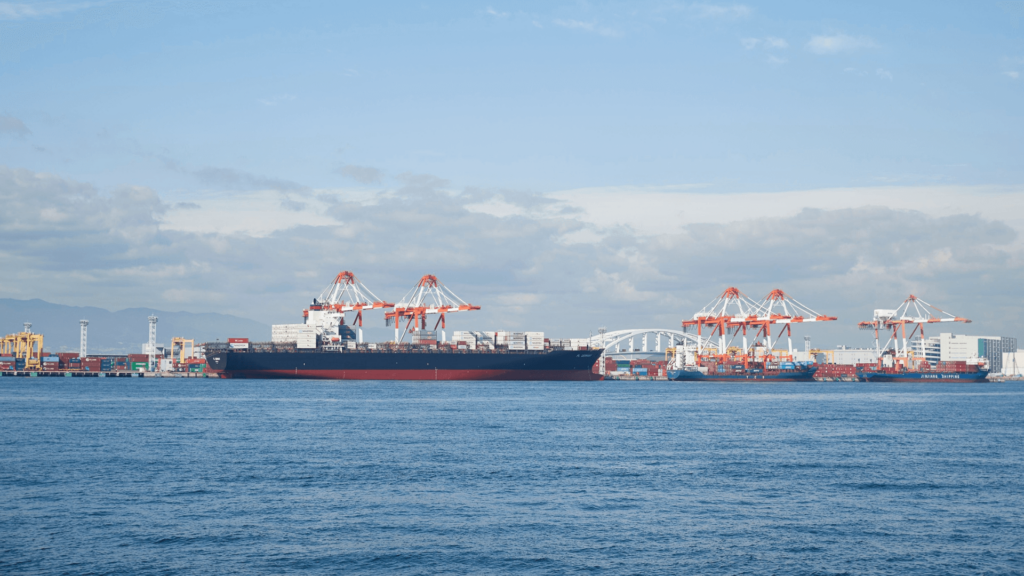
Following the usual approach of the Florence School of Regulation, stakeholders and academics will join the Air Forum, for the first time being organized in Budapest, and actively debate the most important topics in the field of air transport. On this occasion, the discussion will revolve around the Single European Sky (SES) and its development in the coming 10-15 years.
Air transport plays an important role in the EU internal market and in the competitiveness of Europe. Air Traffic Management (ATM) is needed to optimize traffic flows while enabling airspace users to operate safe and efficient flights. The Single European Sky (SES) is an initiative of the European Commission conceived in 1999, aimed at reducing delays, increasing safety, diminishing environmental impact and reducing costs related to service provision. Specifically, it aims at achieving this by promoting the de-fragmentation of the European airspace and the creating a more efficient ATM system. The policy has been evolving and new features such as its technological pillar SESAR were added to the original concept.
However, the SES is not making the expected progress and the European airspace is still fragmented. The principle reasons for this are arguably institutional and political. However, technological developments may create new opportunities to overcome this late implementation. SESAR, the technological pillar of the SES, focuses, among other objectives, on digitalization as part of its 2019 update of the European ATM Master Plan. A “digital Single European Sky” may indeed be able to overcome the political and institutional gridlock. More generally, technology could create opportunities for bottom-up solutions, allowing for a completely new approach to airspace organization based on flight-centric operations with sectorless ATM and free routing and the emergence of new global and regional infrastructures.
As technologies evolve, the complex policy and institutional framework governing the SES also needs to evolve. EUROCONTROL has been trying to consolidate its role as the Network Manager, SESAR JU and the SESAR Deployment Manager are driving the technological progress in cooperation with the industry, while EASA is further establishing itself as the European regulatory expert for ATM. But an even clearer division of tasks and responsibilities among the different involved actors will be essential for effective progress. The changes in the ATM sector and the global environment may necessitate a revision of the Single European Sky concept, including its objectives and alignment with other EU policies such as environment and competition.
In addition to technological developments, economic regulation must set the right incentives for Air Navigation Service Providers (ANSPs) to increase their efficiency. Currently, the Performance Scheme defines binding performance targets at an EU level in four areas (safety, environment, airspace capacity, cost efficiency). The scheme has led to considerable improvements in the past but needs to be developed further as the third reference period (starting in 2020) is approaching.
As technological developments open new opportunities for improving the Single European Sky, a new vision of the ATM landscape should be defined to inform policy making and on that basis regulation.
This Air Forum – organized for the first time by the Florence School of Regulation Transport Area in Budapest – will discuss the current challenges in the SES and explore a way forward thanks, in particular, to recent technological developments. Specifically, it aims at building a constructive dialogue with all relevant stakeholders around the future (digital) architecture of the European airspace.
The Budapest Air Forum will be structured along the following three questions, followed by a concluding session:
For information on the agenda and registration, please, contact us at fsr.transport@eui.eu
DOWNLOAD:
European Transport Regulation Observer
RELATED PRESENTATIONS
Introduction to the Budapest Air Forum MATTHIAS FINGER, Florence School of Regulation/EUI; Ecole Polytechnique Fédérale de Lausanne
4 reasons for SES late implementation MATTHIAS FINGER, Florence School of Regulation/EUI; Ecole Polytechnique Fédérale de Lausanne
Network Manager Perspective. The Single European Sky – why is its implementation late? JOE SULTANA, EUROCONTROL
The Single European Sky –why is its implementation late? MARC BAUMGARTNER, IFATCA
Why is the SES implementation late? ALEXANDER HANSLIK, Austro Control
Why is SES implementation late? CHOORAH SINGH, Ryanair
Which new ideas for a future architecture of the European Airspace? Can technology solutions be an enabler for change? PETER HOTHAM, SESAR Joint Undertaking
SES future, ERIC De VRIES, Ministry of Infrastructure and Water Management
Which new ideas for a future architecture of the European Airspace? MARITA LINTENER, Deutsche Lufthansa
Single European Sky: the way forward IACOPO PRISSINOTTI, ENAV SPA
Single European Sky: the way forward MAURIZIO CASTELLETTI, DG MOVE, European Commission
European Defence Agency, Budapest Air Forum CHRISTOPHE VIVIER, European Defence Agency
The implementation of the vision, how we get there? RALF BERTSCH, German Air Navigation Services
Single European Sky:the way forward. The implementation of the vision, how will we get there? MAGDALENA JAWORSKA, Performance Review Body of the Single European Sky
Delivering SESAR:SDM role MARIAGRAZIA La PISCOPIA, SESAR Deployment Manager

The 4th Florence Rail Regulation Conference aims to discuss advancements for accelerating the growth of the railways in the EU.…

The 3rd Florence Aviation Regulation Conference aims to discuss current and future economic and regulatory policies relating to European air…

The 1st Florence Maritime Regulation Conference aims to discuss regulatory advancements that accelerate the competitiveness and sustainable development of shipping,…
To meet, discuss and learn in the channel that suits you best.